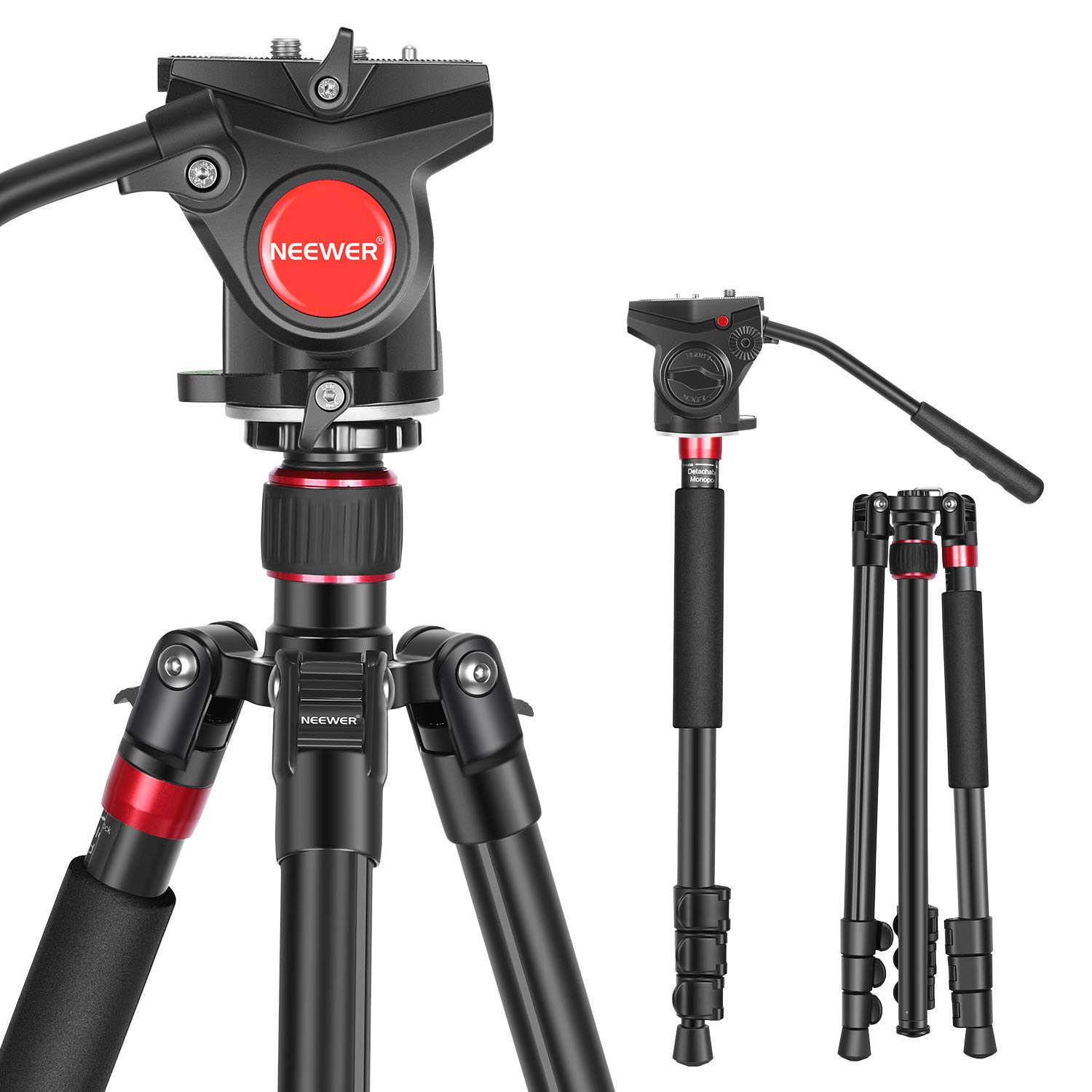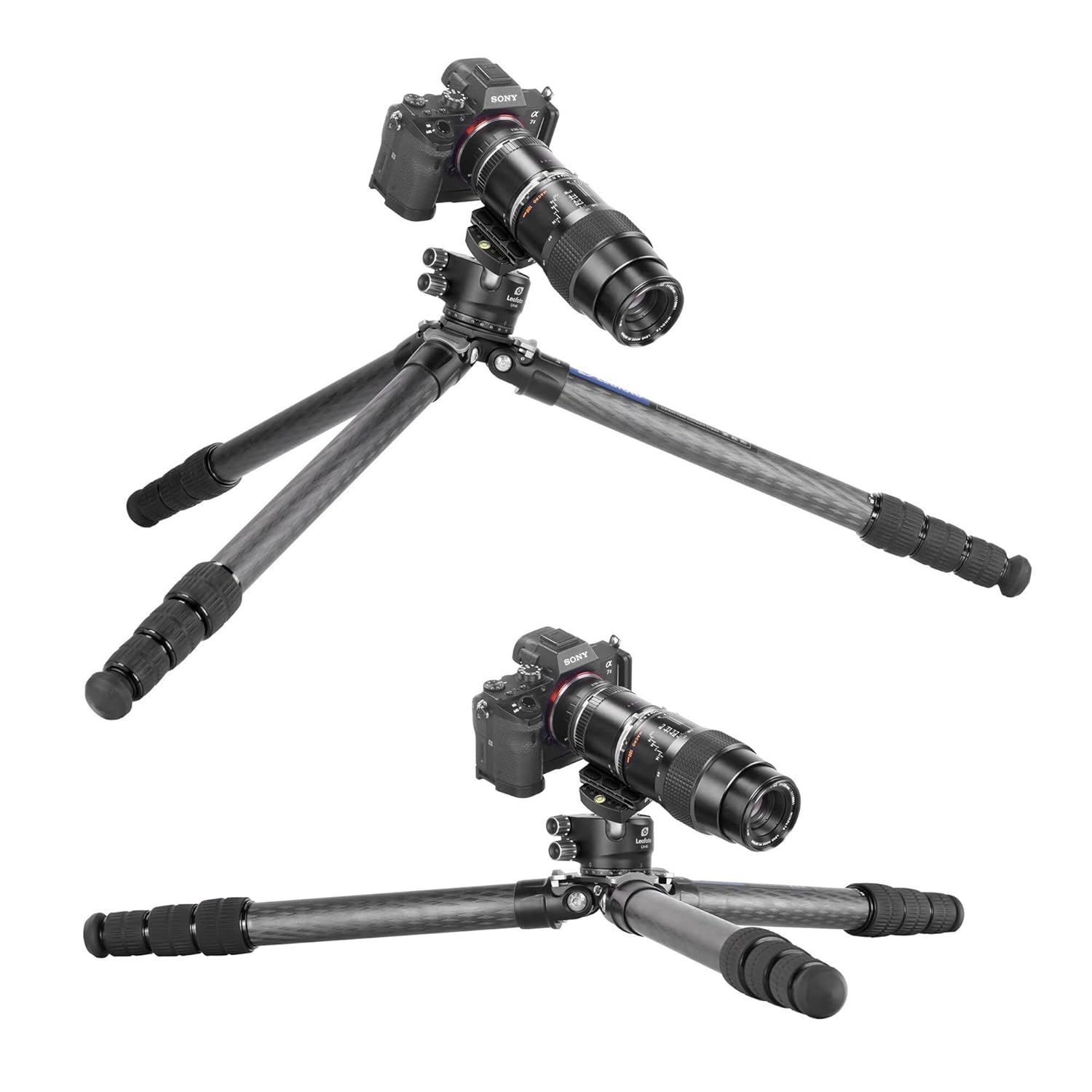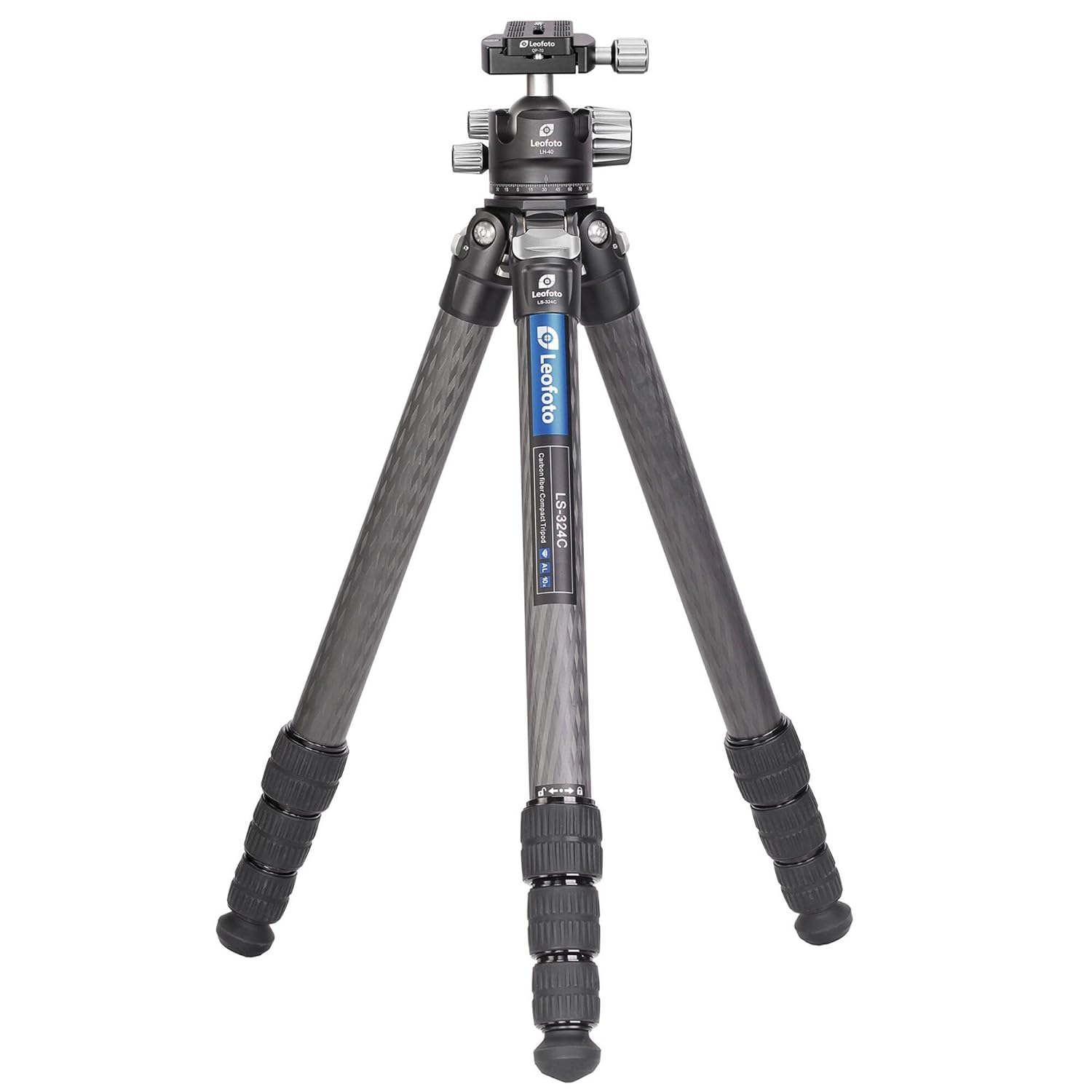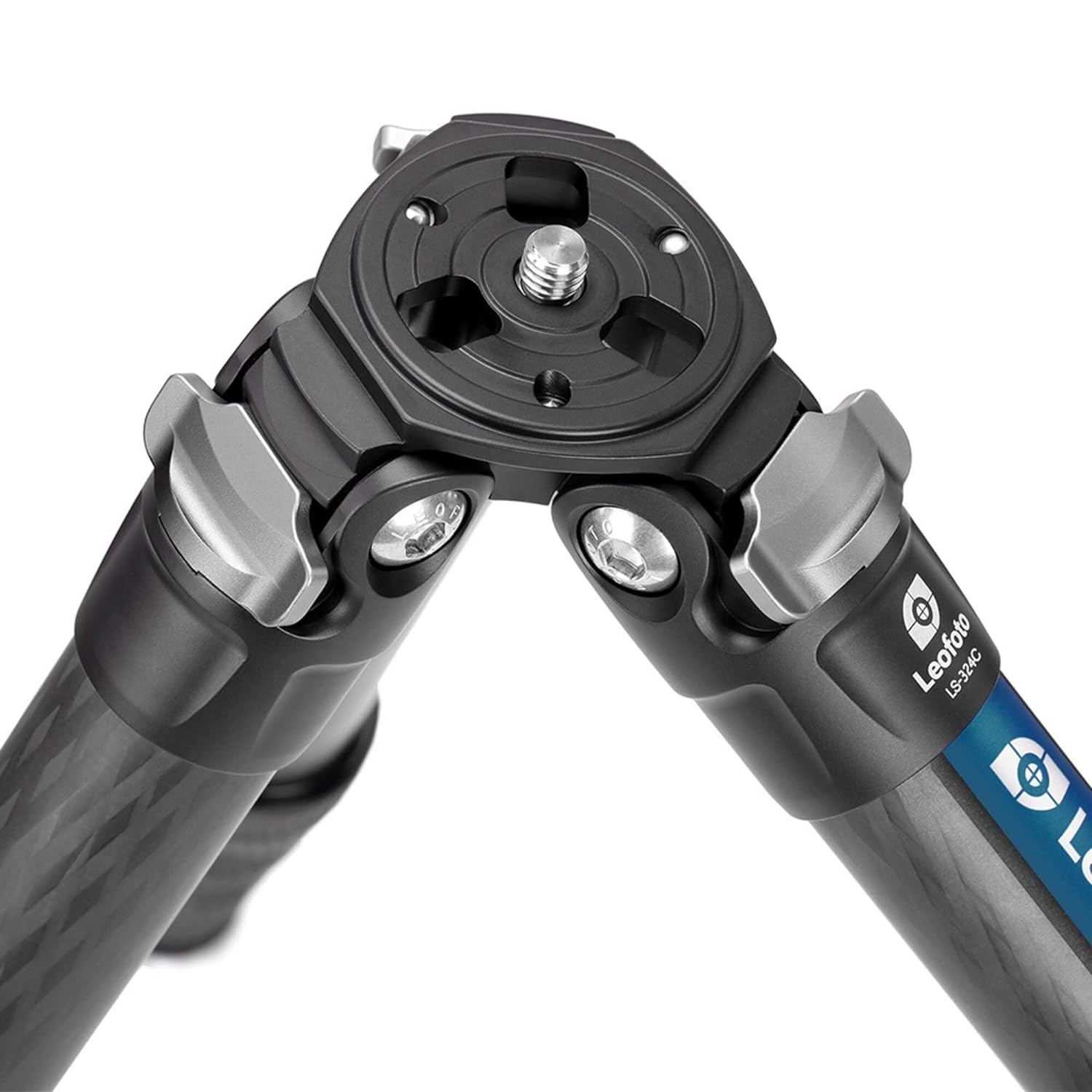A tripod is a tool photographers use to keep their cameras steady. It has three legs that stand on the ground. These three-legged supports provide a solid foundation which allows photographers to capture stunning images with clarity and finesse. However, like any tool, tripods come with their own set of advantages and disadvantages, each impacting the photographic process in unique ways.

Advantages:
Stability and Sharpness:
One of the primary advantages of using a tripod is the stability it offers. By eliminating camera shake, tripods enable photographers to capture sharper images, especially in low-light conditions or when using longer exposure times.

Consistency:
Tripods help maintain consistency in composition and framing. Once set up, a tripod allows photographers to replicate precise camera positions and angles, facilitating the creation of cohesive series or sequences of images.
Long Exposure Photography:
For techniques such as long exposure photography, where even the slightest movement can blur the image, a tripod is indispensable. It ensures that the camera remains perfectly still throughout the duration of the exposure, resulting in stunning shots of flowing water, star trails, or urban landscapes at night.

Support for Heavy Equipment:
Professional-grade cameras and telephoto lenses can be heavy and cumbersome to handhold for extended periods. A tripod provides the necessary support, reducing fatigue and enabling photographers to work comfortably with even the most substantial gear.
Creative Flexibility:
Tripods open up a world of creative possibilities by allowing photographers to experiment with different compositions, perspectives, and techniques. Whether it’s capturing breathtaking landscapes, conducting precise macro photography, or shooting self-portraits, a tripod provides the stability needed to execute creative visions effectively.

Disadvantages:
Portability:
Despite their undeniable utility, tripods can be bulky and cumbersome to transport, especially when hiking to remote locations or traveling light. Carrying a tripod along with other photography gear may pose logistical challenges and limit mobility.
Setup Time:
Setting up a tripod and adjusting its height and orientation can be time-consuming, particularly in fast-paced shooting environments where spontaneity is key. This setup process may cause photographers to miss fleeting moments or opportunities for candid shots.

Restriction of Movement:
While tripods offer stability, they also limit the photographer’s freedom of movement. In dynamic shooting situations where rapid adjustments are necessary to track moving subjects or explore different vantage points, relying solely on a tripod may feel restrictive.
Cost:
Quality tripods can be a significant investment, particularly for photographers on a tight budget. High-end models made from premium materials such as carbon fiber can command steep prices, making them inaccessible to some enthusiasts or hobbyists.
Environmental Limitations:
In certain settings, such as crowded urban areas or indoor venues with restricted space, using a tripod may be impractical or prohibited due to safety concerns or regulations. Photographers must adapt their techniques or rely on alternative stabilization methods in such situations.

Conclusion:
Understanding the strengths and limitations of tripods empowers photographers to make informed decisions about when and how to incorporate these essential accessories into their creative workflow. Ultimately, whether capturing breathtaking landscapes, conducting meticulous studio work, or exploring the nuances of long exposure photography, a tripod remains a valuable ally in the pursuit of photographic excellence.

Kajer jinis